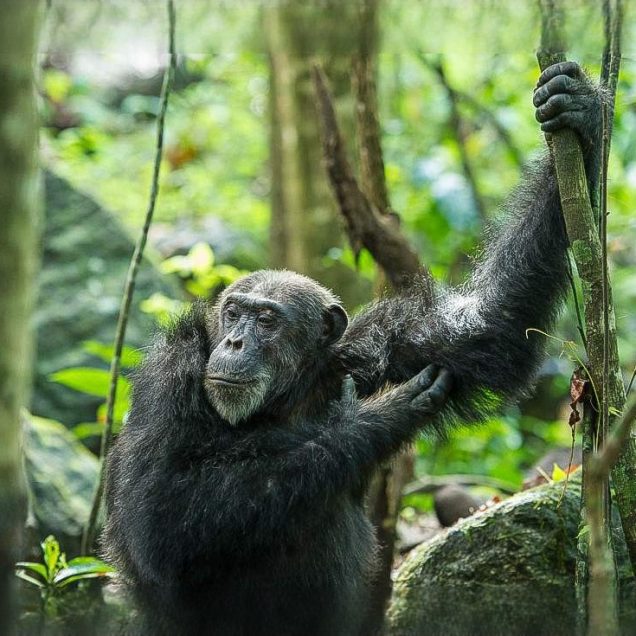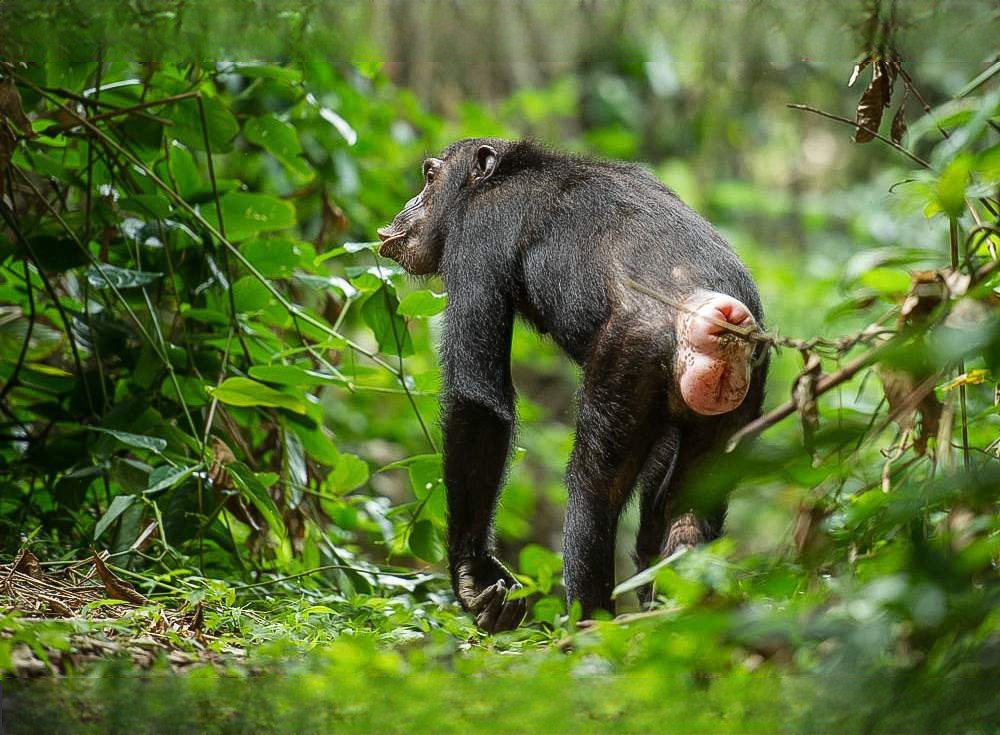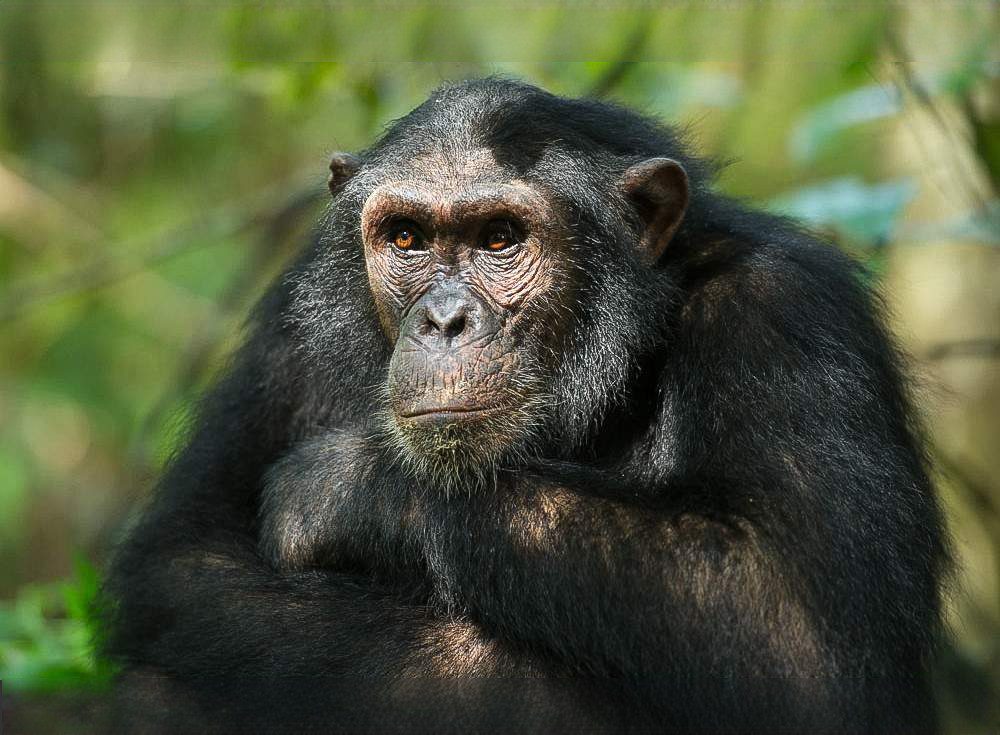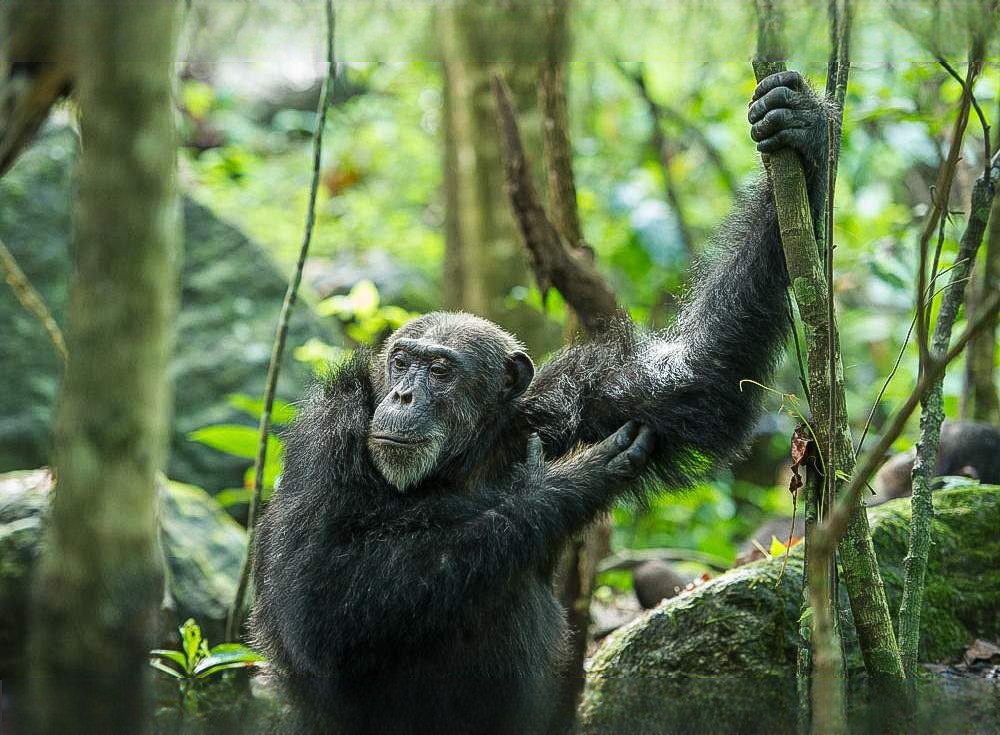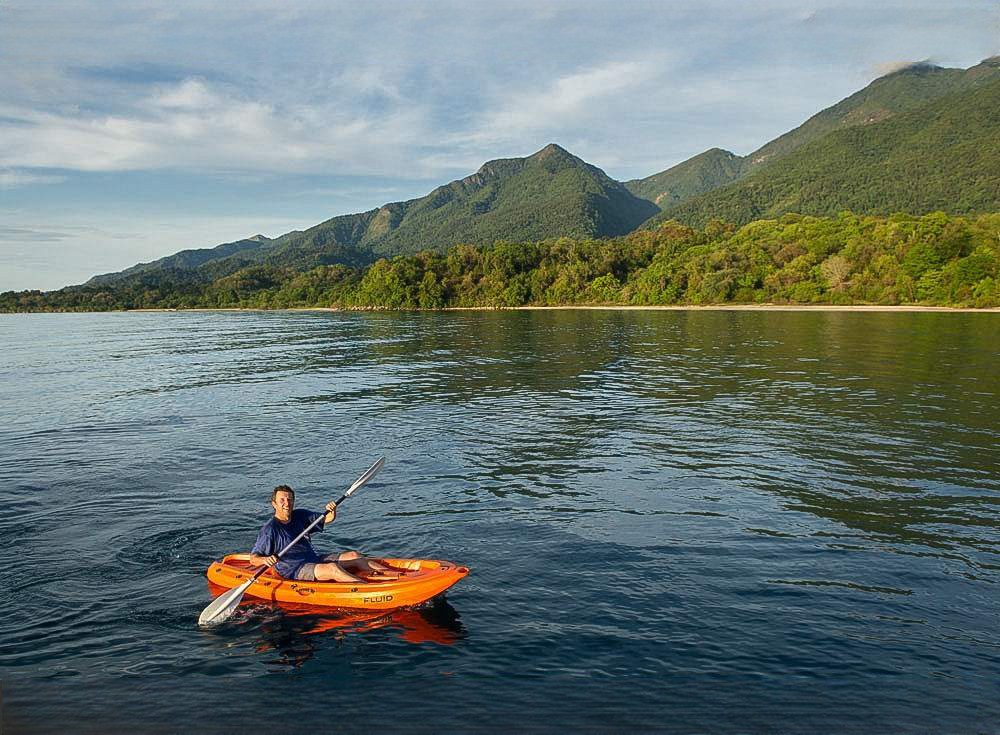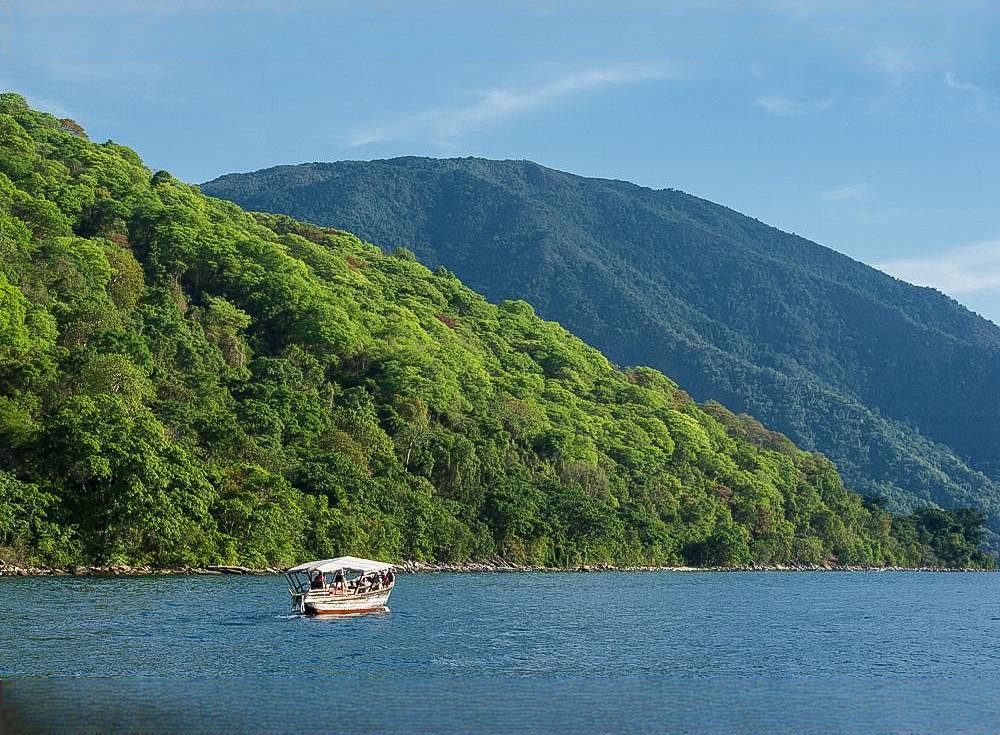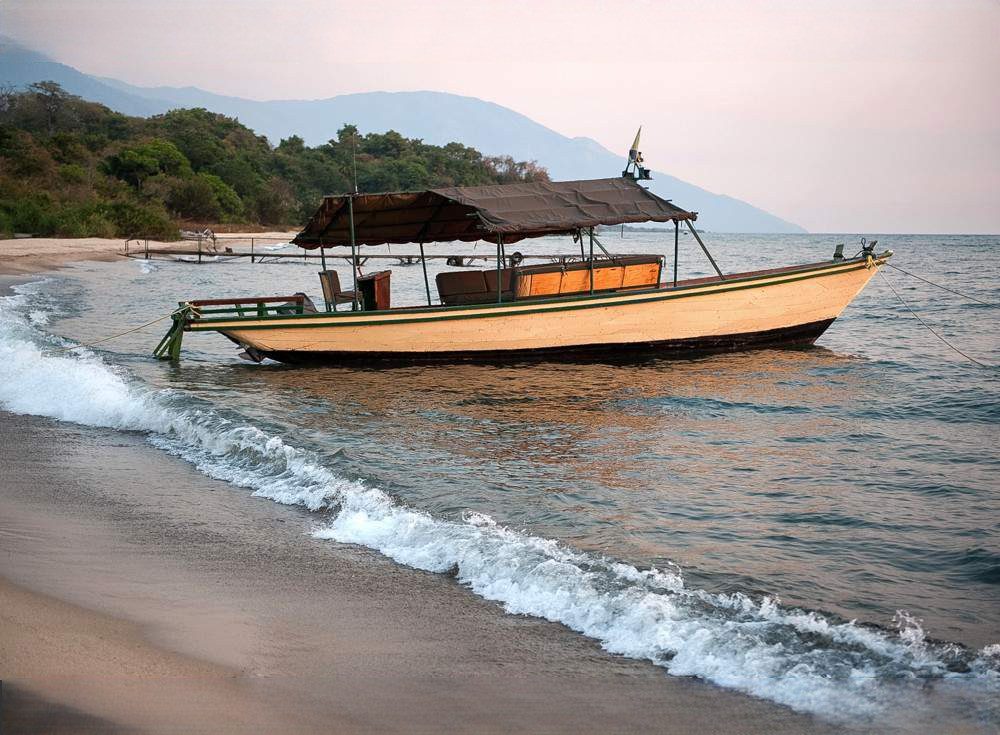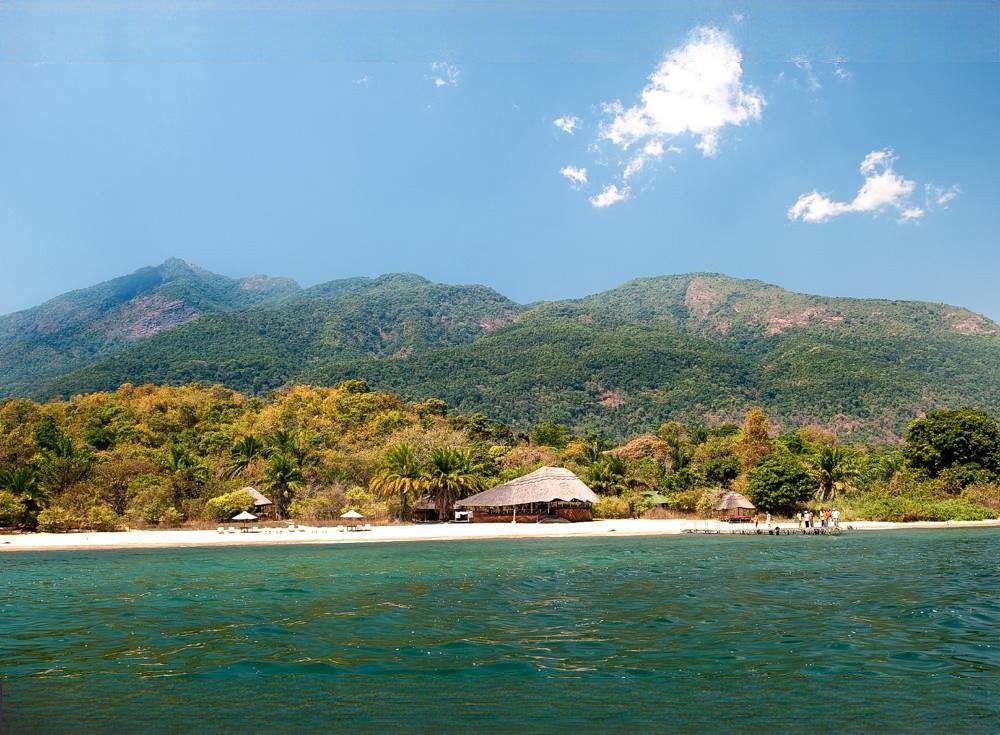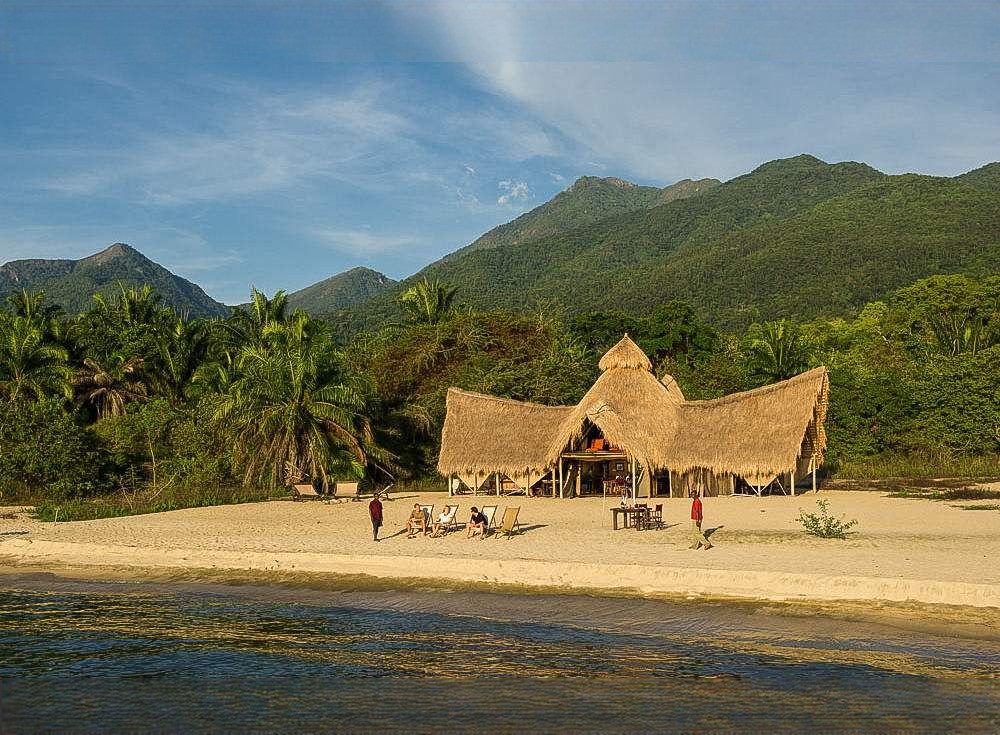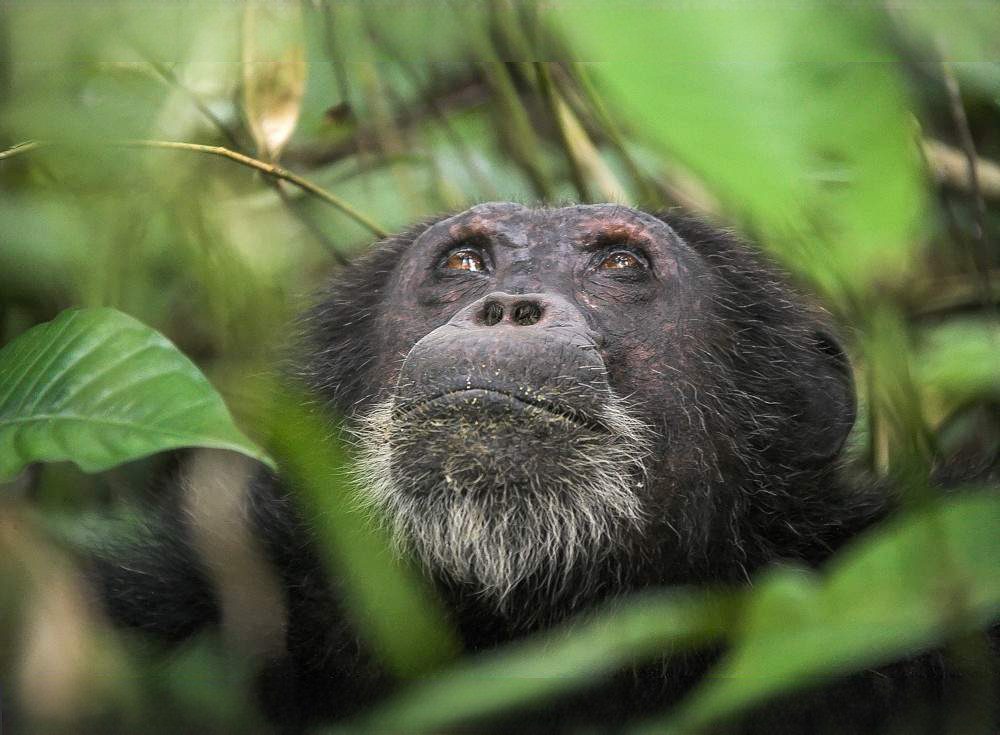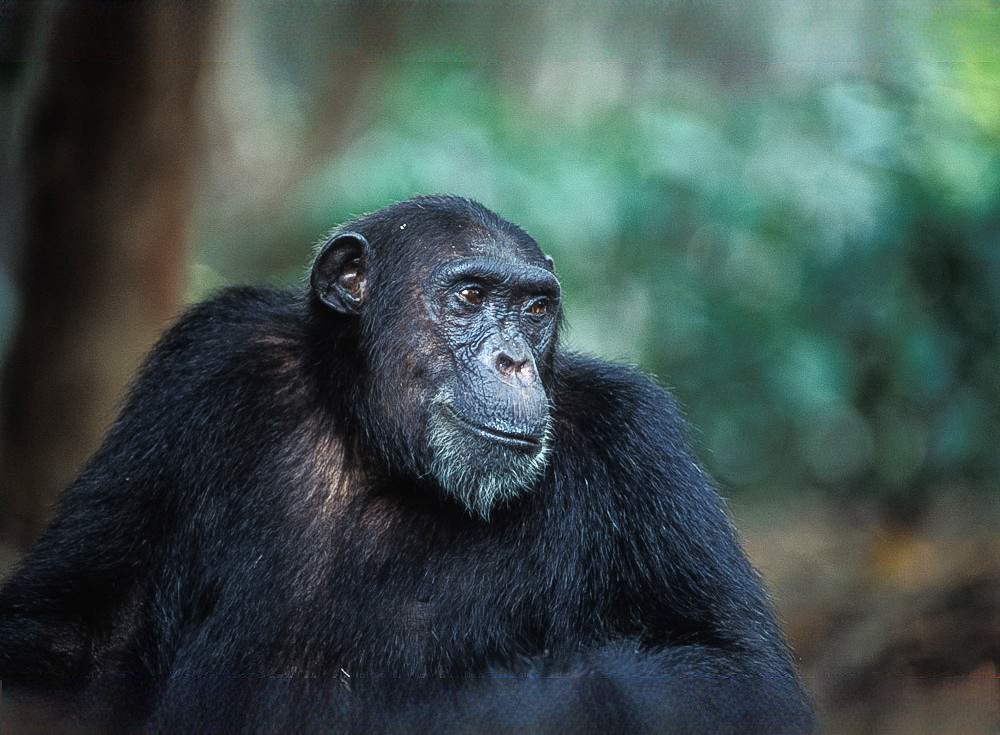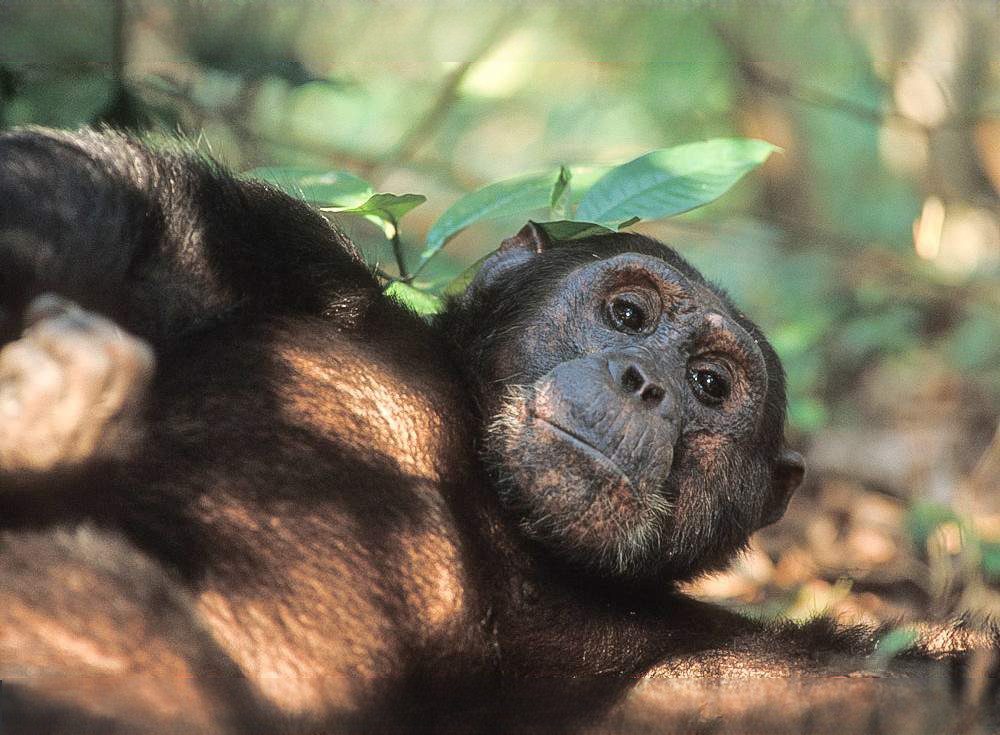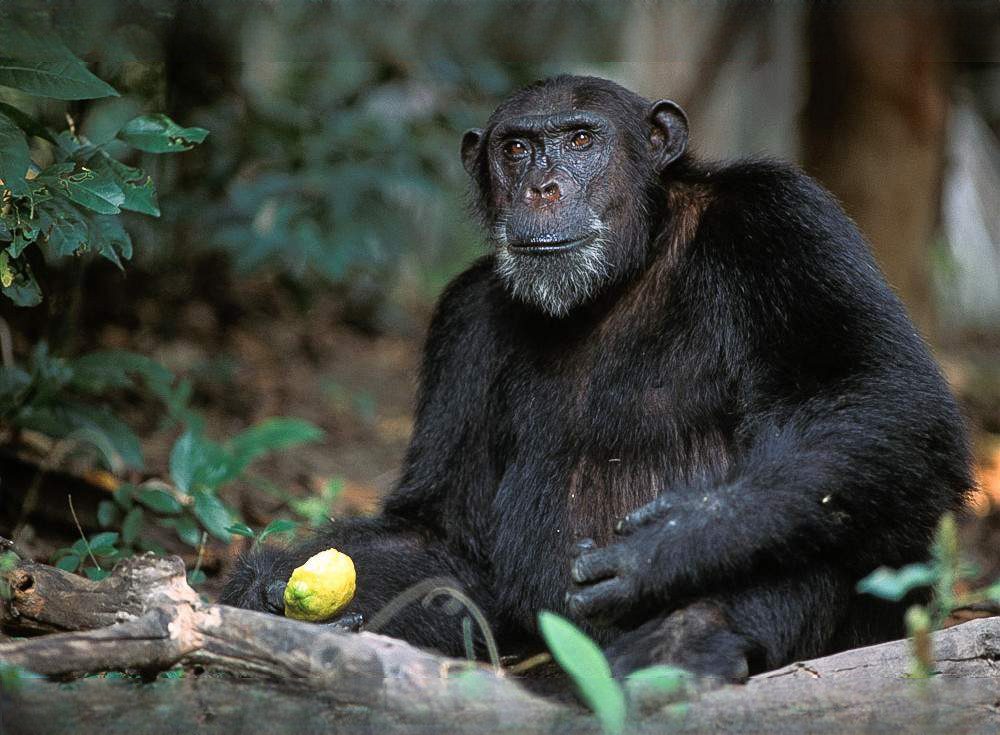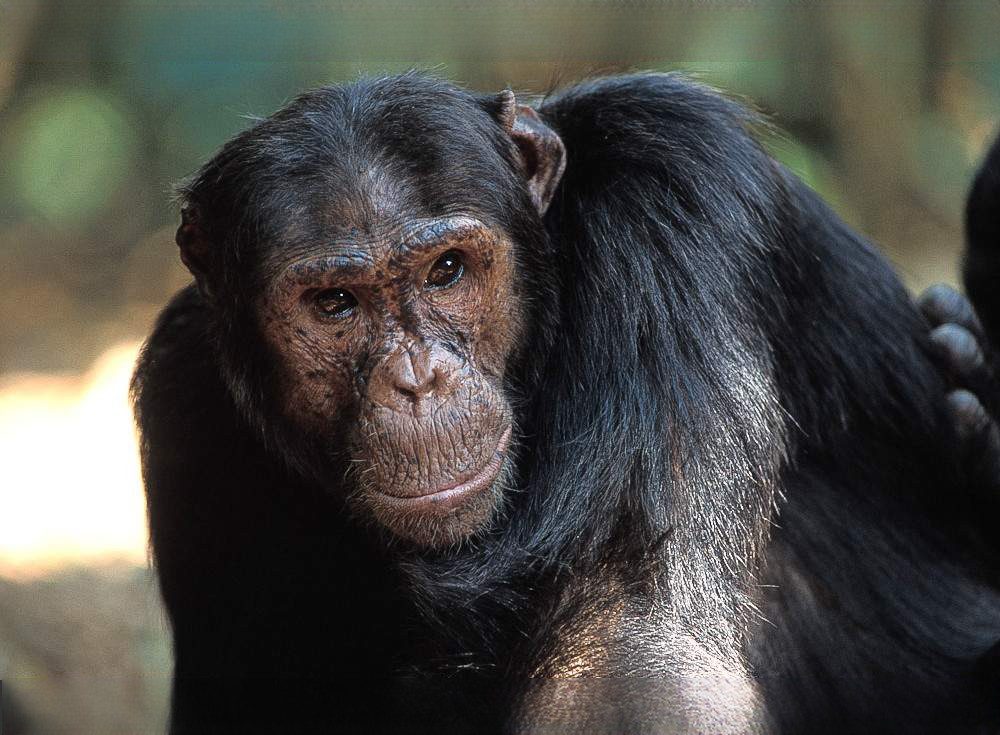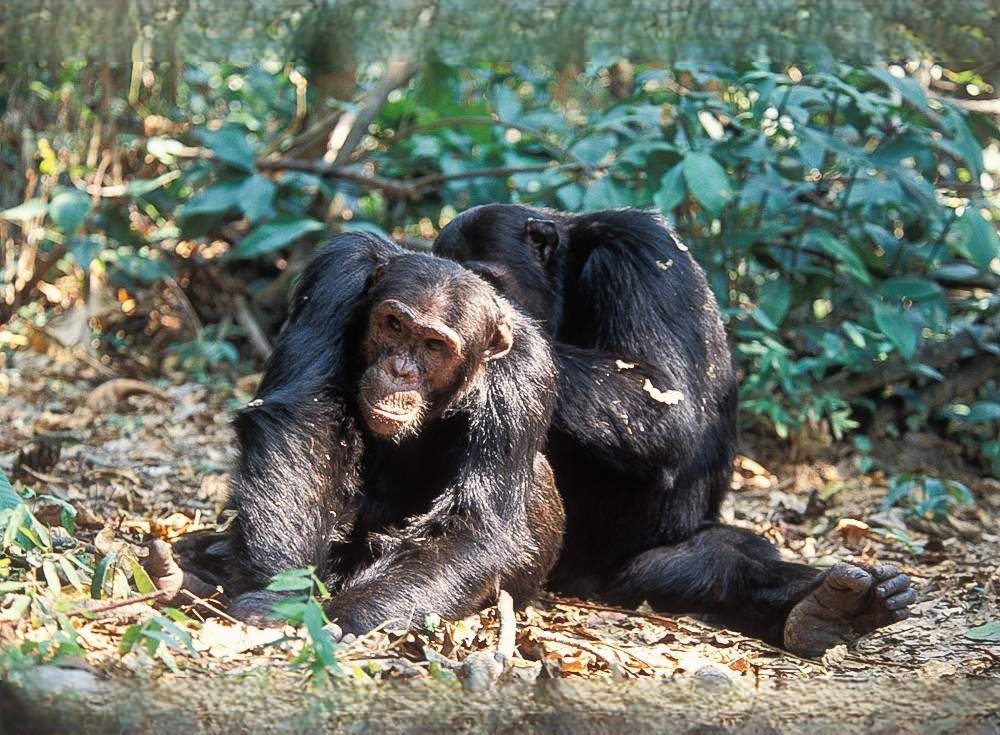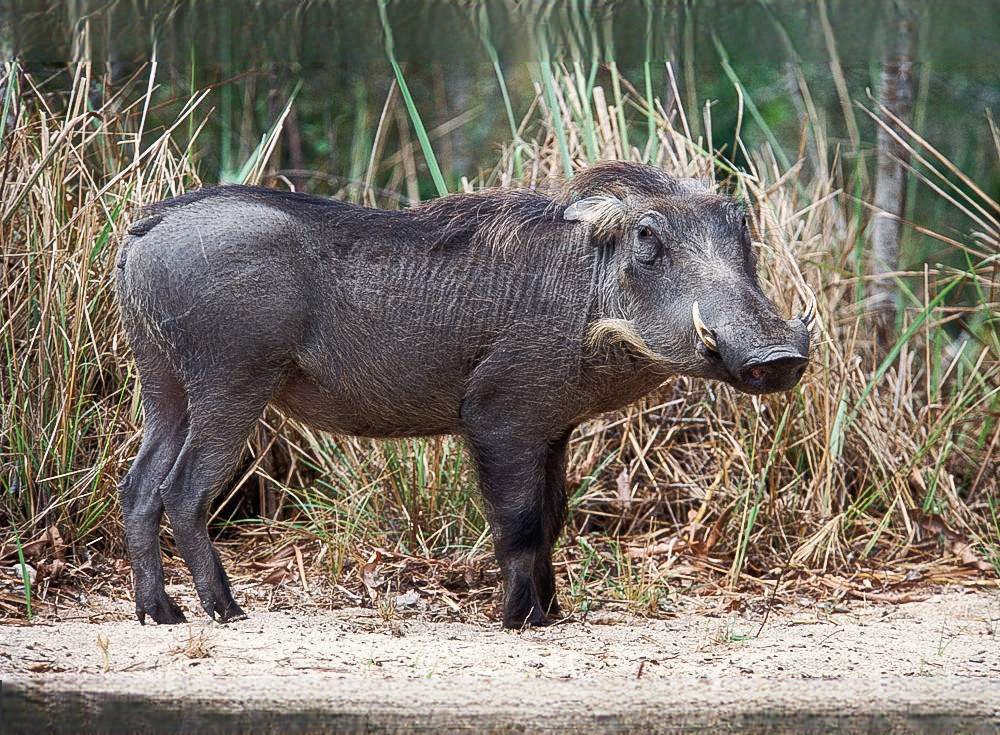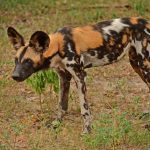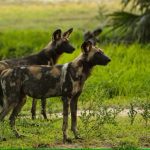MAHALE MOUNTAINS NATIONAL PARK
Mahale is located in the Western Tanzania to the South of Kigoma town, it is bordering Lake Tanganyika-the World’s longest, second deepest and least polluted freshwater lake-harbouring an estimated 1000 fish species. Mahale is most famous for its chimpanzees, which number close to a thousand. One group, in particular, is highly habituated to humans after being studied since the 1960s by Japanese researchers. Walking safaris to see these fascinating animals and observe them in their natural habitat is a magical experience. These interactions are strictly regulated, to protect both the environment and the chimpanzees but it is almost unheard of for people to visit Mahale and not see them.
The Mahale Mountains National Park is situated on the eastern shores of Lake Tanganyika in remote western Tanzania. It’s spectacularly beautiful, with the backdrop of the Mahale Mountains and lush, tropical flora. The main attraction is walking safaris to observe the chimpanzees who live here. They share their forest paradise with a range of other primates, mammals and beautiful birds. Overlooked by the Mahale Mountains which run across the park, it is lush, green and hilly. Most of the park is miombo woodland, with Kasoge forest, riverine forest, montane forest and montane grassland in some areas. This provides ample habitat for the array of creatures who call Mahale home.
There are many other animals that live in the forests of Mahale. These include Colobus monkey, squirrel, porcupine and mongoose. On the more open savannahs, African favourites such as lion, giraffe and zebra roam amongst a wide range of antelope. In the lake an array of fish swim, including a number of species that are unique to Tanganyika, making for fabulous snorkelling.
Mahale Mountains National Park: The Experience
Remote, magical Mahale has steep, lush forests, lakeside beaches and Africa’s best chimpanzee safaris. The park’s breathtaking array of habitats include rainforest, grasslands, alpine bamboo and woodlands; where some 50 species of animals have been recorded, predominant among these being representatives from various monkey and ape families, and over 90 unique species of fish swim in the clear waters of the lake. Accessed by boat or plane, Mahale is just over 600 sq km, and rises from a lakeside altitude of 770m to, at its highest point, 2,463m. Much of it is forested (miombo woodland, the locally named Kasoge lowland forest, bamboo and montane forest), giving way, above 2,300m, to mountain grasses. Areas covered by lowland forest are more humid, and receive greater levels rain per year than the rest of the park.
Given Mahale Mountains National Park’s various eco-zones (rainforest, savannah and miombo), its animals are specialists, and species tend to range within their areas. The tropical lowlands are dominated by chimpanzee, two species of squirrel, colobus monkey, duiker and grysbok. The savannah is home to lion, zebra and giraffe. The miombo woodlands support two species of antelope and Lichenstein hartebeest. The park is not, as of yet, fully studied, and of the 80 odd mammals so for recorded, it is supposed that another 35 exist.
Mahale Mountains National Park: Birdlife
More than 350 bird species have been recorded in Mahale Mountains so far, but this is expected to only be 80% of all species present. Most of them are forest birds, which are quite difficult to spot. Some of the more conspicuous birds to look out for are giant kingfisher, crested guineafowl and Ross’s turaco. Migratory birds are present from November to April.
In general, birdlife is plentiful year-round, but the best time for birding is from November to April. During these months, you can see resident birds in their breeding plumage, as well as migratory birds from northern Africa and Europe. From March to April, the rains can make birding difficult because forest trails become slippery. Chimp trekking is better in the Dry season, from May to October, since they are easier to find.
For more information, Go TO
MAHALE MOUNTAINS NATIONAL PARK WEBSITE

